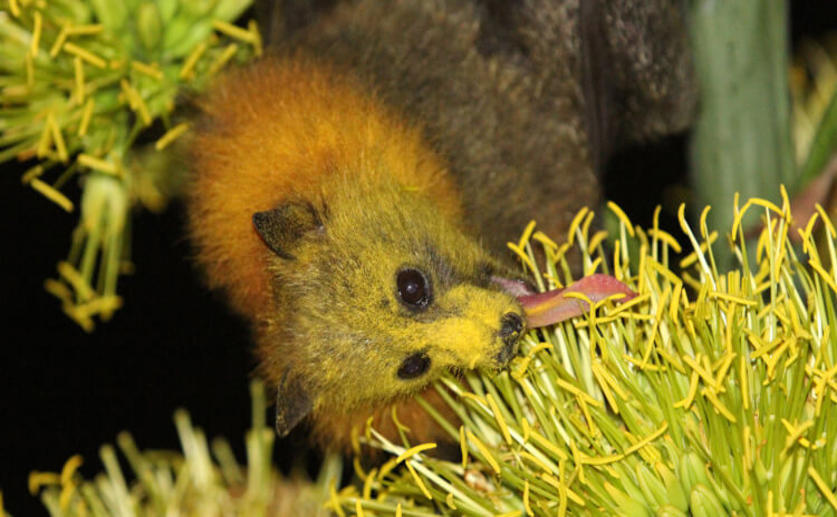
This archived news article is over 5 years old.
Scientists Simulate Flower Evolution in the Rainforest to Solve an Evolutionary Puzzle
Joanna Lawrence
7th January, 2017


Joanna Lawrence
7th January, 2017
